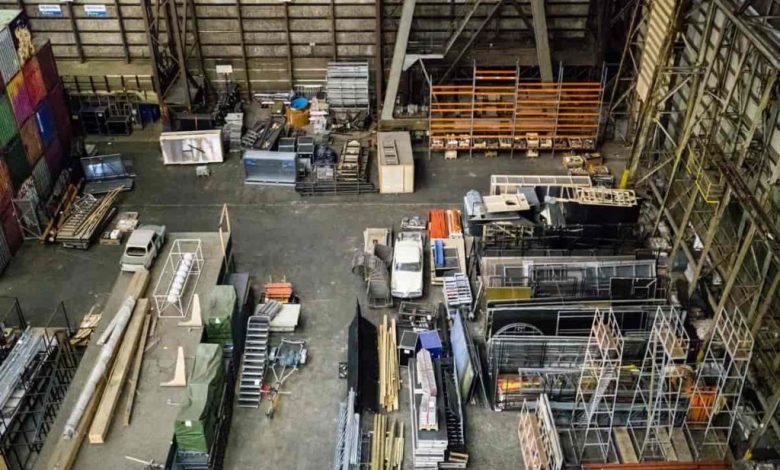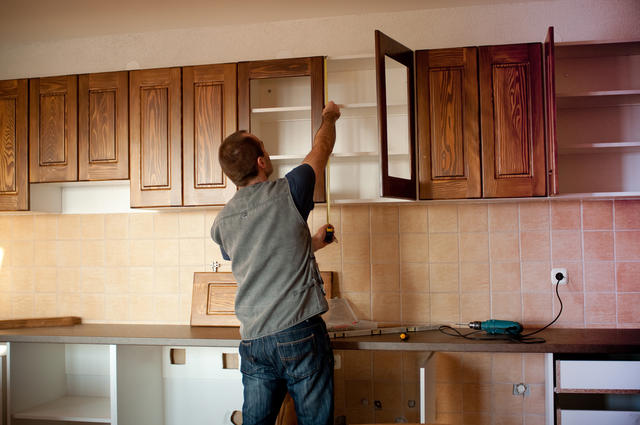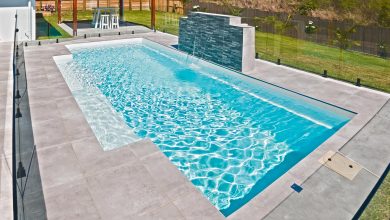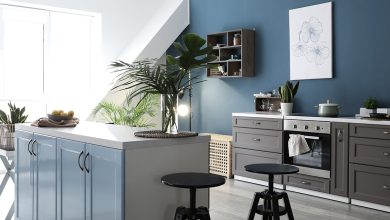The Most Popular Construction Material For A Reason

Meta – Ever thought about why concrete is the go-to material for construction when there are so many options available? Our guide looks at what makes concrete so popular.
____________________________________________________________________________
Do you look at posh office buildings or attractive properties in the countryside and wonder how they remain in fine condition year after year? Even after natural disasters or lack of maintenance, some buildings last longer than other structures despite being older. If you envy your neighbor’s home for retaining its grandeur even after years of exposure to the natural elements, chances are it’s made of concrete.
While there are fancier or more attractive options on the market, there’s no substitute for concrete as a construction material. Today’s guide looks at the most important concrete construction material and discusses the advantages of this affordable, eco-friendly, and sturdy building mixture.
What Is Concrete?
We all know what concrete is but have you thought about what it contains and why it’s one of the most popular construction materials? Concrete has an artificial stone-like appearance that is obtained by combining binding materials with aggregate.
Binding materials are usually cement or lime, while the aggregate consists of sand, gravel, stone, brick chips, motor, etc. Depending on the proportion of the materials in the mixture, you can customize the strength and texture of a concrete surface.
For construction work, binding materials and fine-coarse aggregates are mixed with water and admixture, following which the water and cement react to form a solid mass. But the best part is that you can carve the concrete into various shapes without affecting the integrity of the composition.
Despite being easy to make, concrete structures prove reliable and highly durable, even withstanding natural disasters like earthquakes, cyclones, and typhoons.
Types Of Concrete
Now that you have a basic idea about concrete, here is how a basic mixture can be customized to produce different types of concrete.
- Reinforced
This type of concrete uses a reinforcement of steel to reduce the tensile stresses of the composition. It’s also known as prestressed concrete, whereby the mixture derives its strength from steel bars, rods, etc.
Construction workers carve the concrete into different shapes around the steel bars and let the mixture rest for proper curing. But the positioning of the bars is crucial to ensure that the structure can withstand large weights.
- Asphalt
Asphalt concrete has multiple uses, and the mixture finds application in the construction of parking lots, roads, mound dams, and airports. The mixture of aggregates and asphalt has also resulted in the mixture being called blacktop, bitumen, pavement, macadam, tarmac, and rolled asphalt in many countries.
- Cement Concrete
It’s the most common building material, consisting of stone chips, bricks, sand, and cement mixed in a 1:2:4 or 1:3:6 composition. Once construction workers achieve the required concentration, it’s essential to let the concrete rest for 28 days for proper curing and strength.
- Masonry Cement
The best part about masonry cement is that it retains the good qualities of lime mortar while eliminating the common problems associated with cement mortar. The plasticity and water-retention properties of this type of cement are much higher compared to other construction materials, making it suitable for mortar, plastering, or stucco.
Advantages Of Concrete
There are several high-quality construction materials available on the market, so what makes concrete different and the most preferred? We have highlighted the major points that give concrete the edge –
- Affordable
Concrete is pocket-friendly since the cost of producing cement concrete is lower than other materials. That’s why it’s easily available worldwide compared to steel, polymer fiber, etc., considering the main ingredients are water, cement, and aggregates.
- Hardens Quickly
The drying time of concrete is less because the mixture hardens at room temperature or ambient conditions. This is because cement has low-temperature bonded inorganic materials that can be further optimized with admixtures.
- Flexible
Before the concrete dries, the liquid state of the mixture makes it highly customizable, and builders can pour the concrete into various shuttering configurations or formworks. Hence, the concrete can be precast into the desired shape at construction sites by changing the composition or proportion of the materials in the mixture.
- Water-Resistant
The standout aspect when using concrete is its water-resistant properties, which prevent rusting and make it more suitable for underwater tasks than steel. While the chemicals present in water can lead to rust formation, in most cases, chlorides, sulfates, and carbon dioxide are largely ineffective against concrete.
Due to their reliability, you will find more concrete structures for building pipelines, canals, or dams.
- Energy Efficient
Concrete proves more energy-efficient as it requires less energy than other materials. We have seen that regular cement concrete needs only 450-750 KWh/ton of energy, while reinforced concrete needs 800-3,200 kWh/ton. In contrast, steel production requires 3-10 times more energy than concrete, amounting to 8,000 kWh/ton.
- Temperature-Resistant
Concrete is mostly used for outdoor structures because it doesn’t wear out even in high temperatures, like steel or wood. Calcium silicate hydrate binds concrete molecules together and can withstand temperatures as high as 1,670 degrees Fahrenheit.
That’s why concrete has a major application in fireproofing steel and gives firefighters an extra 2-6 hours to carry out rescue operations. This is due to its low conduction and improved ability to store heat from the environment.
- Recycling
Concrete is vital for environmental protection and fostering eco-friendly practices by reducing industrial waste. Using concrete for construction makes recycling vehicle tires, slag, fly ash, and waste glass easier, which can then be added to the concrete mixture to increase its strength.
Conclusion
The benefits of concrete are far-reaching, not least of which is its multi-mode application.
Further adding to the convenience is the ease of use since construction workers can spray, pump, pour or grout the mixture, depending on the shape they want to achieve. Best of all is the low maintenance of concrete structures despite regular exposure to extreme temperatures and natural elements.
There’s no need to paint a concrete surface because it’s highly resistant to weathering. But if you want to add a dash of color, the coat needs to be repainted or replaced only after several years.
Infographic created by Foamworx, Offering Professional Foundation Services Little Rock AR





